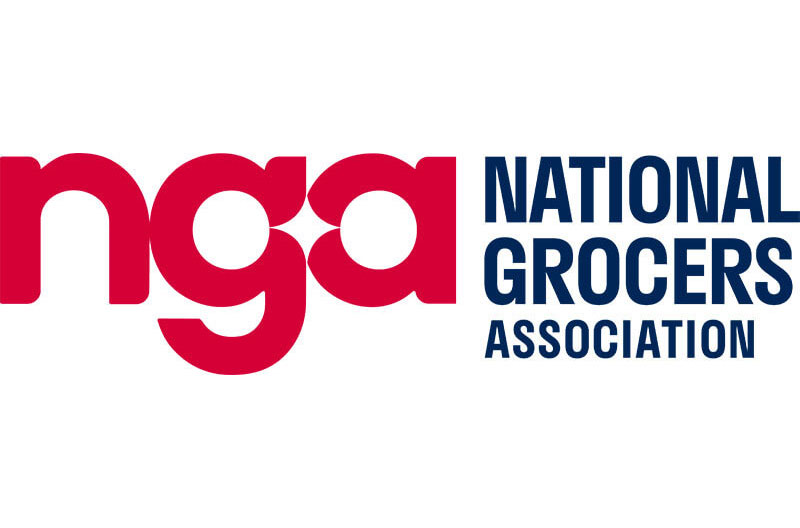Ensuring the safety of customers and associates is a primary concern for grocery retailers. From retail theft to active shooters, it’s essential that grocery operators have procedures in place for dealing with potentially harmful scenarios.
NGA hosted a recent webinar to help grocers identify and navigate concerning behavior, suspicious activity or potentially escalating situations in order to resolve them safely or disengage and report them to local law enforcement.
Daniel Genua, protective security advisor for the U.S. Department of Homeland Security’s Cybersecurity and Infrastructure Security Agency, shared considerations for maintaining security awareness, conducting a rapid risk assessment, techniques for de-escalation, and reporting considerations that can augment your organization’s conventional security capabilities and strategies.
Here are some key takeaways from the discussion:
What is de-escalation? The use of communication or other techniques during an encounter to stabilize, slow or reduce the intensity of a potentially violent situation without using physical force. Your safety and the safety of others is the highest priority. Know your limits. Obtain help.
Situational awareness is important for your safety and the safety of others. Pay attention, engage your environment and respect your instincts. Honor the “OODA Loop:” observe, orient, decide and act. Those that can observe and react to unfolding events more rapidly than an opponent can gain an advantage.
Recognize the “power of hello.” When encountering a potential threat, stay vigilant of your surroundings; initiate a hello, which can deter a potential threat; determine if the behavior you observed is threatening or suspicious; and obtain help, if necessary, from management or authorities.
The De-Escalation Series. Recognize the warning signs for someone on a path to violence, identify stressors, changes in baseline behavior and observable behavioral indicators. Assess the situation to protect personal safety and the safety of those around you. Identify what an escalating person may look like and warning signs. Use purposeful actions, verbal techniques and body language to calm a potentially dangerous situation. Safety is the highest priority, know your limits and obtain help immediately if needed. Report concerning behavior or an escalating incident through organizational reporting to enable assessment and management of an evolving threat, and call 9-1-1 for immediate threats.
Take purposeful action. Remain calm, change the setting, respect personal space, listen and empathize. Tone + volume + rate of speech + inflection = verbal de-escalation; speak calmly, softly and slowly. Use relaxed body language, with hands open and visible.
What to report when notifying your organization. The exact nature and context of the concerning behavior, comment or perceived threat. Who or what is the target? Any available background regarding the person of concern? Possible stressors, problems with peers or leadership. Evidence of substance abuse, mental illness or depression.
If a person of concern is directly threatening you or others, if a weapon of any kind is involved or you feel that the threat of violence is imminent, retreat and call 9-1-1.
More information about de-escalation can be found at https://www.cisa.gov/resources-tools/resources/de-escalation-series.
For more exclusive insights on de-escalation, view a recording of the complete webinar at https://attendee.gotowebinar.com/recording/3205325322600066396.
Read more association news at The Shelby Report.

